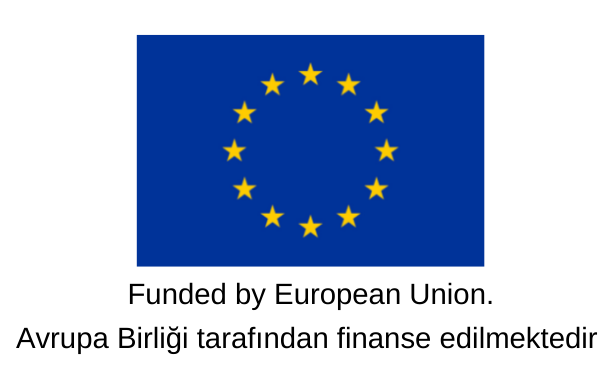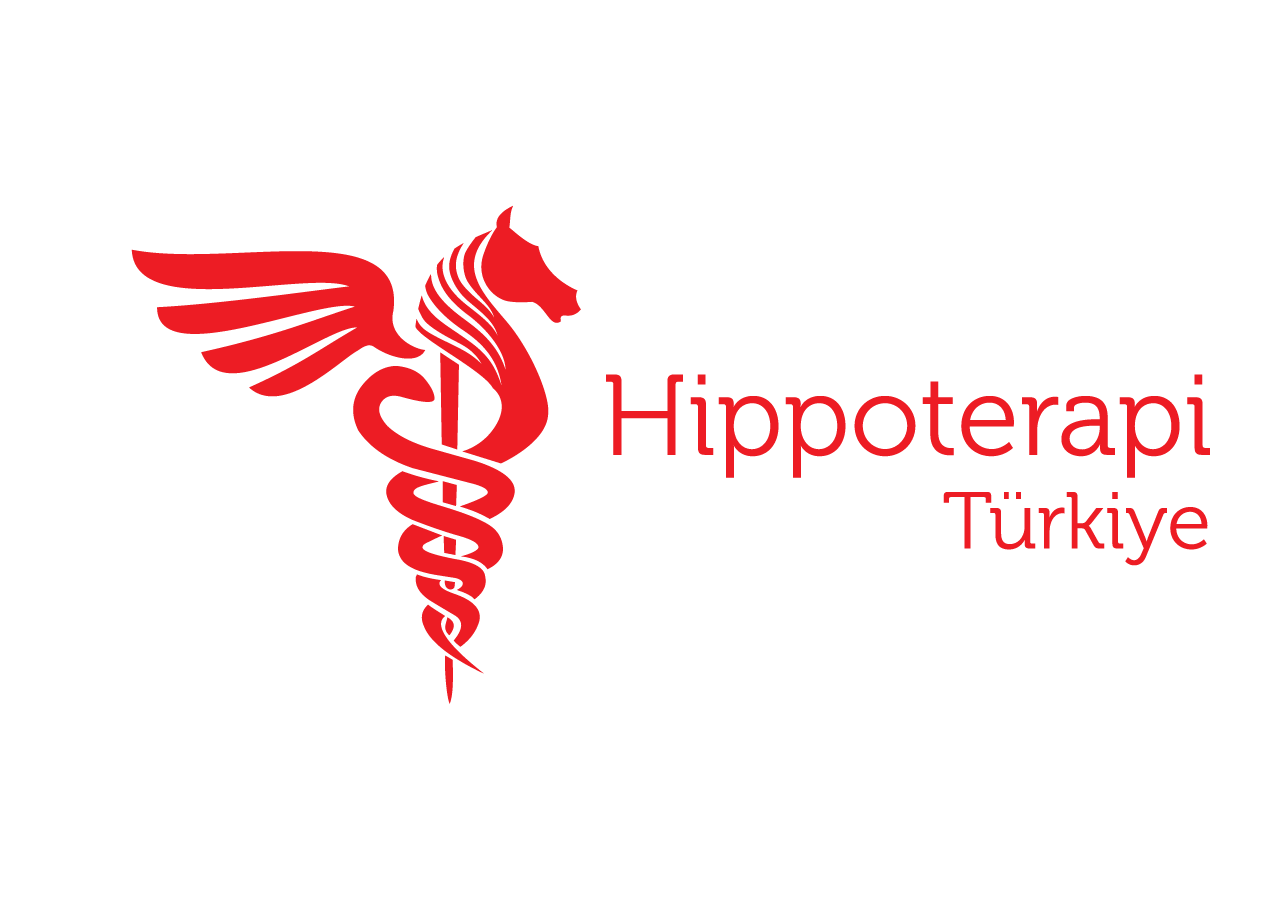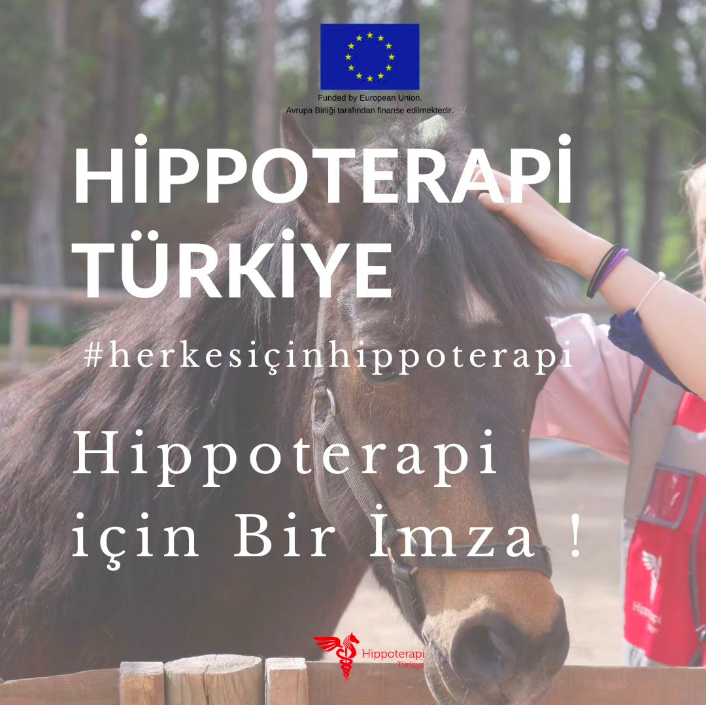
Basic Hippotherapy Training in Sivas
 Hippotherapy Türkiye project, which was accepted by the European Union Delegation to Türkiye within the scope of "Access to Health" cluster, brings together public institutions, organisations, sports clubs, non-governmental organisations, universities, etc. that are and/or may be stakeholders in hippotherapy studies in Türkiye and creates a network that creates a cooperation environment.
Hippotherapy Türkiye project, which was accepted by the European Union Delegation to Türkiye within the scope of "Access to Health" cluster, brings together public institutions, organisations, sports clubs, non-governmental organisations, universities, etc. that are and/or may be stakeholders in hippotherapy studies in Türkiye and creates a network that creates a cooperation environment.
 In addition to this network, by following the current situation and developments in the world, the project also aims to establish the standards of hippotherapy practices in Türkiye, to be accepted and disseminated within official complementary therapies. Within the scope of the project, standardized application methods of hippotherapy are established, as well as bringing together different institutions and individual experts to create a cooperation network that will shape the future of hippotherapy in Türkiye.
In addition to this network, by following the current situation and developments in the world, the project also aims to establish the standards of hippotherapy practices in Türkiye, to be accepted and disseminated within official complementary therapies. Within the scope of the project, standardized application methods of hippotherapy are established, as well as bringing together different institutions and individual experts to create a cooperation network that will shape the future of hippotherapy in Türkiye.
 The 'Basic Hippotherapy Training' organised in this context were held in Sivas in cooperation with Sivas Kültür A.Ş.
On the first day of the two-day 'Basic Hippotherapy Training', Prof. Dr. Şükrü Torun gave training under the title of Human Health Component in Hippotherapy, hippotherapy as a health practice, international terminology problems and basic concepts in equine-assisted applications, licence-based equine-assisted therapy types, scientific foundations in hippotherapy, basic rehabilitation principles in hippotherapy applications.
The 'Basic Hippotherapy Training' organised in this context were held in Sivas in cooperation with Sivas Kültür A.Ş.
On the first day of the two-day 'Basic Hippotherapy Training', Prof. Dr. Şükrü Torun gave training under the title of Human Health Component in Hippotherapy, hippotherapy as a health practice, international terminology problems and basic concepts in equine-assisted applications, licence-based equine-assisted therapy types, scientific foundations in hippotherapy, basic rehabilitation principles in hippotherapy applications.
 On the second day of the training, Asst. Prof. Dr. Cafer Yıldırım gave training on the physiological health of the hippotherapy horse, the genetic origin and importance of the Hippotherapy horse, the issues to be considered in veterinary practices for the hippotherapy horse, healthy biomechanical gait examination of the hippotherapy horse. Lecturer Ali Ekber Ün and Specialist Physiotherapist Sermet Yüce gave training on the definition and behaviour of the horse, characteristics of the hippotherapy horse, equestrian terms, training rules, horse care, horse gait types.
Training, practice, experience and supervision studies were completed.
On the second day of the training, Asst. Prof. Dr. Cafer Yıldırım gave training on the physiological health of the hippotherapy horse, the genetic origin and importance of the Hippotherapy horse, the issues to be considered in veterinary practices for the hippotherapy horse, healthy biomechanical gait examination of the hippotherapy horse. Lecturer Ali Ekber Ün and Specialist Physiotherapist Sermet Yüce gave training on the definition and behaviour of the horse, characteristics of the hippotherapy horse, equestrian terms, training rules, horse care, horse gait types.
Training, practice, experience and supervision studies were completed.

Son Paylaşımlar
Hippoterapi Türkiye0 Comments
Hippotherapy Türkiye Policy Makers Meeting
Hippoterapi Türkiye0 Comments






